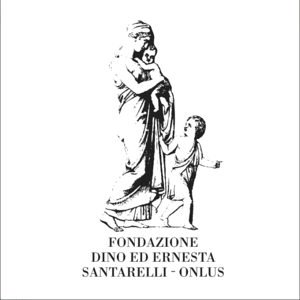April 12, 2022–April 12, 2032
The Colours of Antiquity. The Santarelli Marbles at the Capitoline Museums is a ten-year-long exhibition dedicated to polychrome marbles of the imperial age, from the Dino and Ernesta Santarelli Foundation. Rome still doesn’t have a museum dedicated to marble, and the view of its past primarily takes into account the “white” variety of this material. This long term exhibition seeks to bring attention to a fundamental theme in the history of Rome and the immense number of stones that were imported in the city considering its significance from an economic, architectural and artistic perspective. It defined the organisation of the Roman Empire and the appearance of the city in a decisive way throughout antiquity, the Middle Ages and the modern age, taking on a fundamental role in Rome’s history.
The Colours of Antiquity is curated by Vittoria Bonifati and scientific curator Andrea G. De Marchi. The exhibition design is conceived by Cookies (Alice Grégoire, Clément Périssé, Federico Martelli). The catalogue of the exhibition is published by Treccani.
The two rooms of the Capitoline Museums where these marbles are displayed are at the centre of the great thoroughfares of the Empire. In fact, the marbles have not been divided by variety or alphabetical order, but according to their origin, considering the quarries of provenance around the Mediterranean basin. The exhibition design is meant to communicate to the visitor the close connection between the presence of these materials and the political, economic and geographical expansion of the ancient Roman Empire, tracing territories and geographical networks through history and memory.
The huge number of stones that were transported to Rome from all the regions of the world that were known at the time, presupposed a very complex organisation: from the prospectors to those who worked in the quarries and the transport, up to the storage sites where the marble was received and sorted in Ostia and Rome. The Edict of Diocletian in AD 301 is the only known document that provides the prices and exchange values of the marbles used in antiquity. The introduction of the many foreign marbles dates back to the final years of the Republic and it is closely connected to Rome’s policy of expansion. Marble became a form of propaganda: the use of specific marbles often symbolised the conquest of the provinces that they came from. The golden age of the inflow of stones in Rome lasted almost four hundred years, until the end of the 3rd century, when due to the decreasing number of slaves and the complex political and economic context that stirred the Empire, it inevitably started to dwindle.
The early Middle Ages were marked by the gradual military, political, administrative and economic dissolution of the West; most quarries shut down, and a strong tendency to reuse ancient materials appeared. A new art gradually developed, which exploited coloured marbles in an original manner. Floors with reused slabs, whole or broken into small pieces in order to form geometrical patterns, became widespread. The shades of some ancient marbles found an echo in Romanesque or Gothic architecture; façades and bell towers streaked with white and red (or green) imitated porphyry and serpentine, as fourteenth-century painting also did in a more precise manner.
In the early Renaissance, these colours must have been more visible than now, especially in marbles, which had not yet been subjected to centuries of despoliation, or to the effects of pollution. Yet many images of the city show them as faded, until Neoclassicism and beyond. Perhaps this “filter” was used to make these images of the past more credible, using the artistic image as a time machine.
The temporary display The Colours of Antiquity. The Santarelli Marbles at the Capitoline Museums aspires to stimulate reflection on a major theme that involves Rome, and to enrich the visit of the Capitoline Museums, considered the most ancient museum in the world, and one of the sites that houses some of the finest masterpieces made of polychrome marbles.









